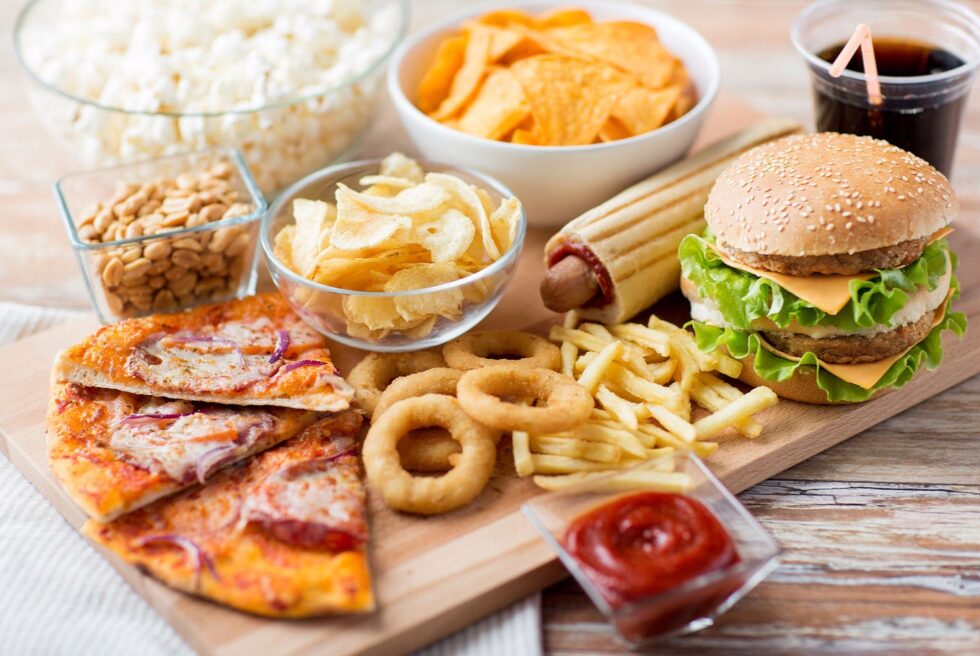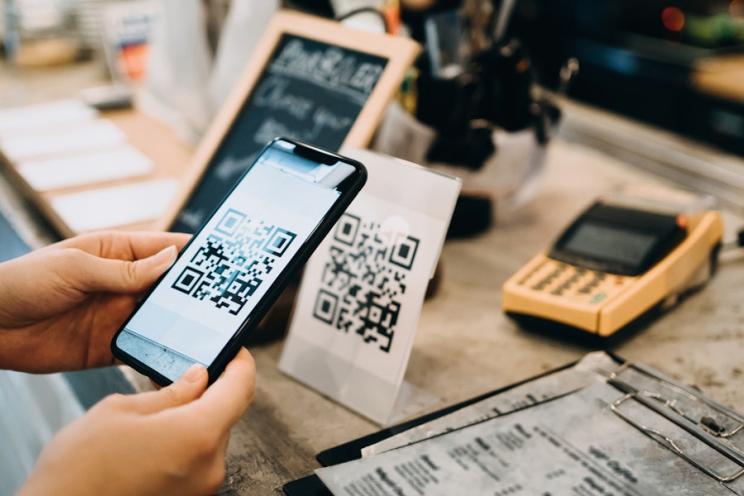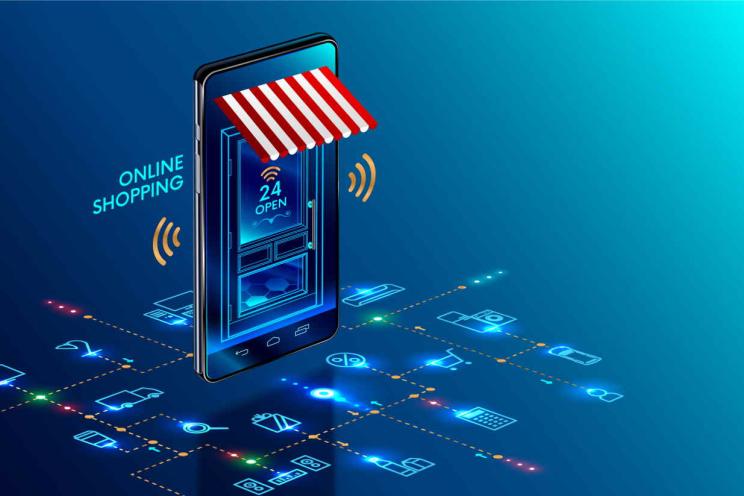
The art of mastering multi-chain restaurant management
How many times have you heard that a certain restaurant location has better customer service than the other? Or offer a better food quality than the other outlets? These statements are very common reviews for multi-chain restaurants.
You are lucky enough if you are operating a multi-chain restaurant that has already established its reputable brand that became recognized enough to accommodate customers in different areas.
As lucky as you may seem, luck has nothing to do with being successful enough to make your customers crave for your food and service creating the need to be present in several spots. It takes hard work, consistency and a smart use of technology to maintain an identical service and dining experience across different outlets.
From maintaining consistent quality across locations to fostering a unified brand identity, there are several factors to consider to ensure the success of your multi-chain restaurant venture especially with the variations of demographic accompanied by dynamic food trends.
Hence, ensuring success and growth when managing several outlets is a challenging tasks that comes with many risks.
How to manage a multi-chain restaurant successfully?
Establish a unified and strong brand identity
One of the first steps in managing a multi-chain restaurant is to establish a strong brand identity. This includes defining your restaurant's mission, values, and unique selling points. Consistency in branding across all locations helps build recognition and customer loyalty.
Develop a cohesive visual identity, including logos, color schemes, and interior design elements, that reflects the essence of your restaurant across all outlets so your customers instantly recognize and connect with your restaurant, regardless of its location.
Standardize operations
Consistency is paramount in the restaurant industry. Implement standardized operating procedures (SOP) across all locations to ensure that the quality of food, service, and customer experience remains consistent.
This includes everything from menu items and portion sizes to staff training and customer service protocols. Regular audits and performance evaluations can help maintain these standards to ensure a consistent dining experience across all locations. Customers should be able to visit any branch of your restaurant and enjoy the same quality of food and service.
Adapt to local tastes
While consistency is important, it's equally crucial to adapt to local tastes and preferences. Conduct thorough market research for each location to understand the local culinary culture and preferences. This might involve tweaking the menu to include region-specific dishes or ingredients attract a diverse customer base and enhance customer satisfaction.
Balancing global brand identity with localized offerings is key to winning over diverse demographics.
Leverage technology
In today's digital age, technology plays a pivotal role in restaurant management. Implement a robust POS system that allows for efficient real-time data on order processing, inventory management, sales tracking, accounting automation, and insightful reporting.
Additionally, embrace customer relation management (CRM), online reservations, delivery services, and mobile apps to make ordering and dining more convenient for customers. Social media platforms can also be powerful tools for engaging with customers and promoting your brand.
This data can help you make informed decisions, identify trends, and optimize your menu offerings.
Streamline Supply Chain Management
A well-organized and centralized supply chain is essential for a multi-chain restaurant. Negotiate favorable contracts and bulk deals with suppliers to ensure consistent access to quality ingredients at competitive prices. Centralize your procurement process to optimize purchasing power across all locations. Regularly review suppliers to ensure they meet your standards and are aligned with your brand values.
While you might choose different suppliers depending on your locations, be careful to choose suppliers that offer the same quality to prevent discrepancy in the taste of food served.
Train your staff
Well-trained staff are the backbone of any successful restaurant. Implement comprehensive training programs that cover everything from food preparation and customer service to hygiene and safety protocols.
Encourage a positive and collaborative work culture that motivates employees to deliver exceptional service. Recognize and reward high-performing staff to foster loyalty and reduce turnover.
Maintaining similar customer interaction that includes friendliness and understanding to customers’ needs helps you to retain your customers across different outlets.
Maintain open communication
Effective communication is essential in managing a multi-chain restaurant. Establish channels for clear communication between headquarters and individual locations. Encourage open dialogue and feedback from both customers and staff.
Implement a reliable communication system to keep all branches informed about promotions, new menu items, and operational changes. Hold regular meetings or video conferences can facilitate seamless communication between different locations.
Collect customer feedback
Establish a robust system for collecting and analyzing customer feedback. Flexsurv is a reliable source for tangible data that helps you make thoughtful decisions about your customers’ preferences.
Online reviews and surveys can also provide valuable insights into customer experiences across different locations. Use this feedback to identify areas for improvement and implement necessary changes.
It’s important to train your staff based the feedback you receive concerning them and to improve areas that require your attention.
Managing a multi-chain restaurant requires a delicate balance between maintaining brand consistency and adapting to local nuances. By establishing a strong brand identity and leveraging technology you can navigate the challenges and reap the rewards of a successful multi-chain restaurant. Remember, the heart of it all lies in delivering exceptional dining experiences that keep customers coming back for more, no matter which location they visit.





